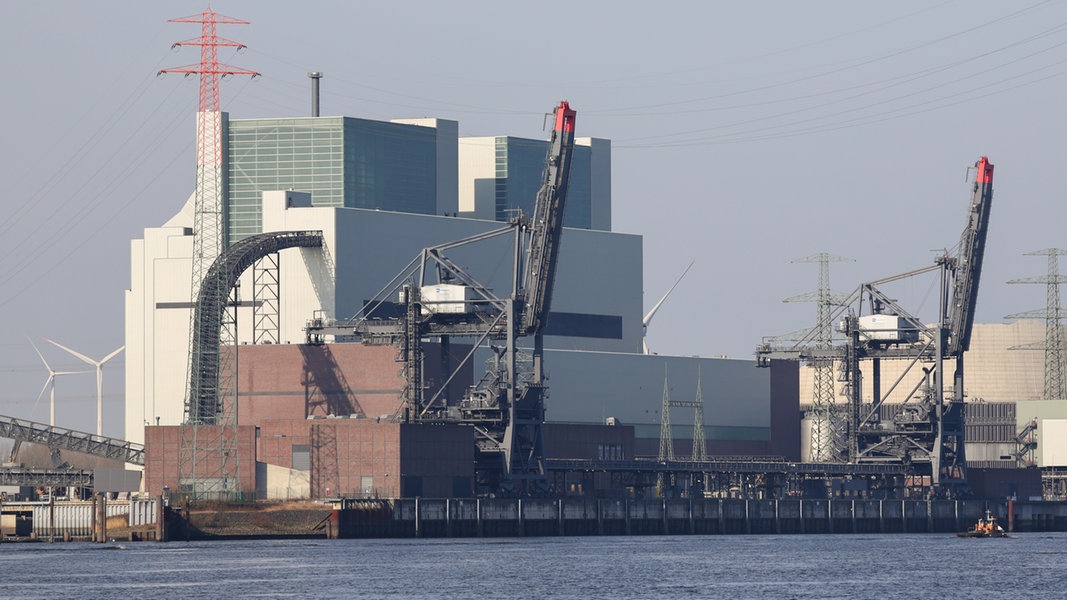Moorburg Coal Plant: A Controlled Demolition Marks the End of an Era
The decommissioning of the Moorburg coal-fired power plant in Hamburg, Germany, culminated in a spectacular and carefully controlled explosion on [Insert Date of Demolition]. This event marks not only the end of an era for the plant itself but also signifies a significant step towards Germany's ambitious goals for renewable energy and a reduced carbon footprint. The controlled demolition was a complex undertaking, requiring meticulous planning and execution to ensure the safety of surrounding areas and the environment.
A Planned Implosion: Safety First
The demolition of the Moorburg coal plant wasn't a haphazard event. Months of preparation went into planning the controlled explosion, involving a team of expert engineers and demolition specialists. Safety was paramount. Extensive measures were put in place to:
- Minimize environmental impact: Detailed assessments were conducted to predict and mitigate any potential dust, noise, or debris dispersal. Specialized equipment and techniques were employed to contain the impact on the surrounding ecosystem.
- Protect surrounding infrastructure: The demolition plan carefully considered the proximity of residential areas, transportation networks, and other critical infrastructure. Protective measures were implemented to prevent damage to these areas.
- Ensure worker safety: The safety of the demolition crew was a top priority. Rigorous safety protocols were followed throughout the process, ensuring all personnel were adequately trained and equipped.
The Execution: A Precise Operation
The controlled demolition itself was a breathtaking spectacle. Precisely placed explosives brought down the massive structures in a carefully choreographed sequence. The event was closely monitored by experts using sophisticated monitoring equipment to ensure the plan proceeded as anticipated. Videos and photographs capturing the event quickly went viral, highlighting the scale and precision of the undertaking.
Beyond the Demolition: Germany's Energy Transition
The demolition of the Moorburg coal plant is more than just a symbolic event; it represents a crucial step in Germany's Energiewende, its transition to renewable energy sources. The country has committed to phasing out coal-fired power generation by 2038, and this demolition underscores that commitment.
A Shift Towards Renewables
Germany is investing heavily in renewable energy technologies, including:
- Wind power: Offshore and onshore wind farms are playing an increasingly significant role in Germany's energy mix.
- Solar power: Solar energy installations are proliferating across the country, contributing to a cleaner energy future.
- Hydropower: Existing hydropower plants are being modernized, and new projects are being developed.
The decommissioning of coal plants like Moorburg creates space for the expansion of these renewable energy sources, paving the way for a sustainable energy future.
The Future of Energy: A Global Perspective
Germany's Energiewende serves as a model for other countries striving to reduce their carbon emissions and transition to cleaner energy sources. The challenges are significant, but the rewards – a healthier planet and a more sustainable future – are immense. The controlled demolition of the Moorburg coal plant is a powerful visual representation of this global shift towards a greener future.
Call to Action: Learn more about Germany's energy transition and the global movement towards renewable energy by visiting [Link to a relevant reputable source, e.g., a government website or an international energy agency]. What steps can you take to reduce your carbon footprint? Share your thoughts in the comments below!
